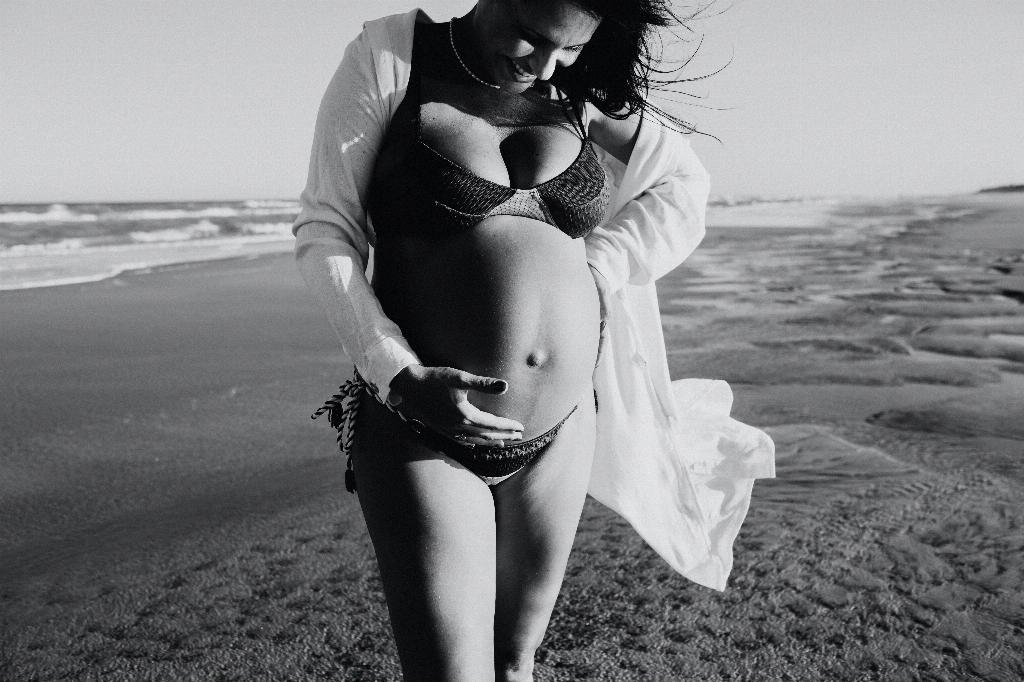When it comes to the intricate interplay between a mother and her developing baby, the topic of whether a baby’s DNA lingers within the mother’s body post-pregnancy is a fascinating one. Research has shown that during pregnancy, mothers carry fetal cells and DNA, leading to a symbiotic relationship between the mother and the growing baby.
The Connection Between Mother and Baby’s DNA
It is indeed true that while pregnant, a portion of the free-floating DNA in a mother’s blood plasma originates from the fetus, accounting for up to 6 percent of the total DNA content. This phenomenon highlights the profound biological connection shared between a mother and her unborn child.
Post-Birth Changes in DNA Levels
Following the birth of the baby, the levels of fetal cells and DNA in the mother’s body experience a significant decrease. However, it is essential to note that some of the baby’s cells and DNA do persist in the mother post-delivery, indicating a lasting impact of pregnancy on a mother’s biological makeup.
The Concept of Microchimerism
The presence of a baby’s cells and DNA within a mother’s body even after childbirth is known as microchimerism. This unique biological phenomenon allows for the exchange and retention of cells between mother and child, contributing to a complex and enduring bond.
Long-Term Effects of Baby’s DNA
Studies have suggested that the persistence of a baby’s DNA in the mother may have long-lasting effects on her health. Some researchers have hypothesized that these lingering fetal cells may play a role in certain autoimmune diseases or offer protective benefits against certain conditions.
Maternal Immunological Adaptations
Throughout the course of pregnancy and beyond, a mother’s immune system undergoes remarkable adaptations to accommodate the presence of the developing baby. The interplay between maternal and fetal cells influences immune responses and tolerance mechanisms in the mother’s body.
Enhanced Immune Surveillance
It has been proposed that the presence of fetal cells and DNA in the mother may contribute to enhanced immune surveillance, as the maternal immune system remains vigilant against potential threats, adapting to the introduction of foreign genetic material.
Potential Implications for Mother’s Health
While the exact implications of a baby’s DNA persisting in the mother remain a topic of ongoing research, there is a growing interest in understanding how microchimerism impacts maternal health. Exploring the effects of fetal cells on maternal well-being is a complex but intriguing area of study.
Interpretations in the Scientific Community
Scientists and researchers continue to investigate the multifaceted nature of microchimerism and its implications for maternal health. The evolving field of prenatal and postnatal genetics sheds light on the intricate mechanisms underlying the relationship between mother and child.
Future Research Directions
As technology advances and research methodologies continue to evolve, the exploration of baby’s DNA in the mother is poised to uncover new insights into the complexities of human biology. Future studies may elucidate the broader implications of microchimerism on maternal-fetal health.
Conclusion
In conclusion, the presence of a baby’s DNA in a mother is a captivating aspect of human biology that underscores the profound connection between mother and child. While further research is necessary to fully comprehend the implications of microchimerism, the enduring legacy of pregnancy on a mother’s body highlights the remarkable journey of motherhood.

